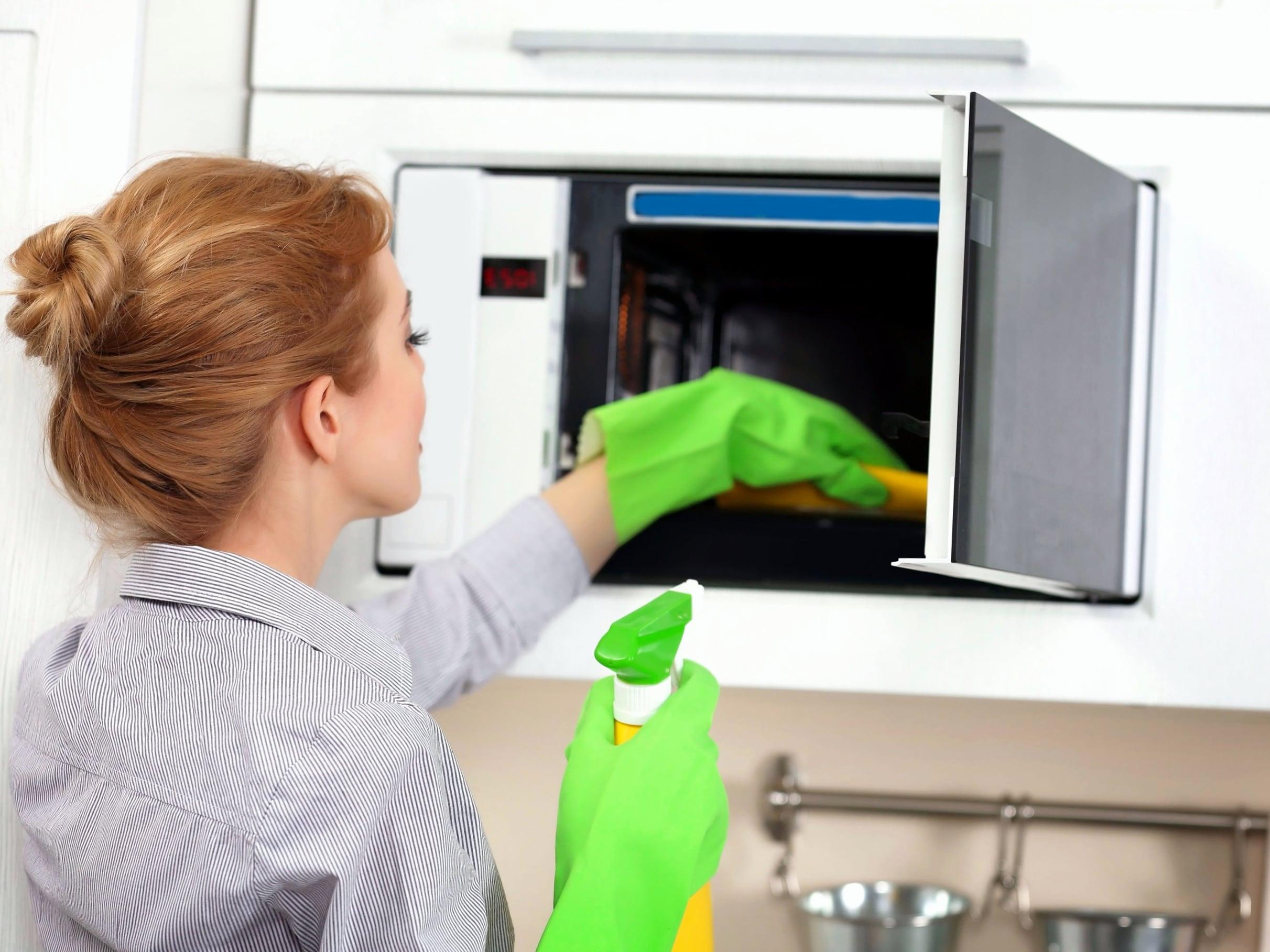The importance of the toilet bowl in the home is difficult to overestimate. That’s why its cleanliness depends not only on hygiene in the sanitary part of the dwelling, but also directly on the term of operation. Because the toilet bowl, the ceramic surface of which “suffered” from a deposit of lime, urea or rust, will serve you much less than the one that is carefully used and cleaned regularly.
Where does the nasty yellow buildup on the toilet surface come from?

Cleaning the toilet bowl. It’s a simple process, if you do it at least weekly, and not that “dirty” if you approach it wisely. So if you know that your plumbing is running “hard” water, full of different minerals, do not neglect the weekly cleaning of the toilet bowl.
Minerals in the water, as well as organic waste, are the cause of limescale buildup. And the metal parts of the toilet bowl, on which there was rust, if they are not replaced in time, will add to this plaque and an unpleasant brown shade, making the toilet bowl well really unkempt.
So let us resolutely and definitively put an end to plaque.
Rule #1. Take care to protect yourself! Whatever cleaner you use (whether industrial chemical or organic), have rubber gloves about elbow high to protect your skin and a mask to protect your respiratory system from chemical fumes.
What can you use to clean the toilet bowl?

- Specialized cleaning products. Their advantage, in addition to their cleaning function, is that they disinfect the surface and contain fragrance components. However, when using them, it is necessary to clearly follow the instructions for use, so that this product will not damage the ceramic surface of the toilet bowl.
- Whitewash. Also known as sodium hypochlorite. It is effective against both rust and lime scale. It is very simple to apply a small amount to the “bowl” of the toilet bowl and let it work overnight. Before using it, you should thoroughly “go over” the surface with a whitewashing brush and rinse off with plenty of water.
- It also happens that there is no cleaning agent on hand. Then you can resort to home remedies, such as baking soda. Apply a thick layer of baking soda to the soiled surfaces of the toilet bowl and leave it overnight. Baking soda is probably the most innocuous for ceramic surfaces and is as effective as industrial ones.
- Vinegar. Pour about 1 cup of vinegar into a deep container. Allow it to stand for a few hours. Then take a sponge (or brush, depending on the intensity of the dirt), dip it in vinegar and rub the problem areas of the toilet bowl. After that, rinse well and repeat the procedure if necessary.
To keep the toilet bowl sparkling clean at all times:

- Don’t neglect cleaning the exterior surfaces. Under the base of the lid of the toilet bowl and near the cistern also accumulate dirty plaque or rust. You should get rid of them in a timely manner.
- It’s better to apply the cleaners and leave them overnight. This gives the cleaners enough time to work and completely break down the plaque.
- Don’t forget the safety of your hands, eyes, nose and internal respiratory organs. And don’t stay in an enclosed space while cleaning agents are being applied.
- Use chemical tablets for plaque prevention. The tablet is thrown into the cistern of the toilet bowl, it slowly dissolves and with each flush this cleaner removes dirty plaque and destroys unpleasant odors.






